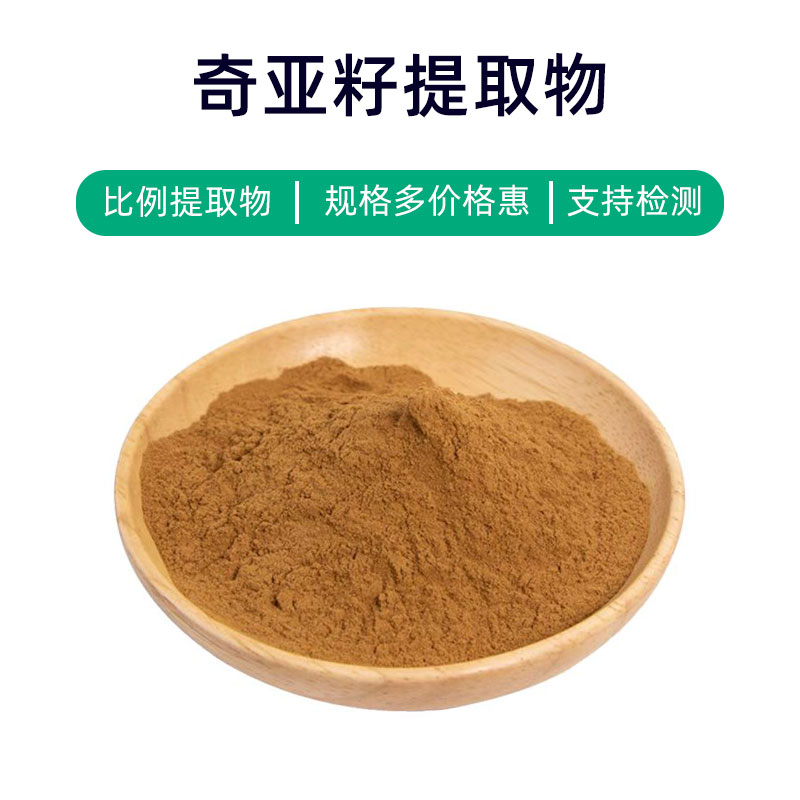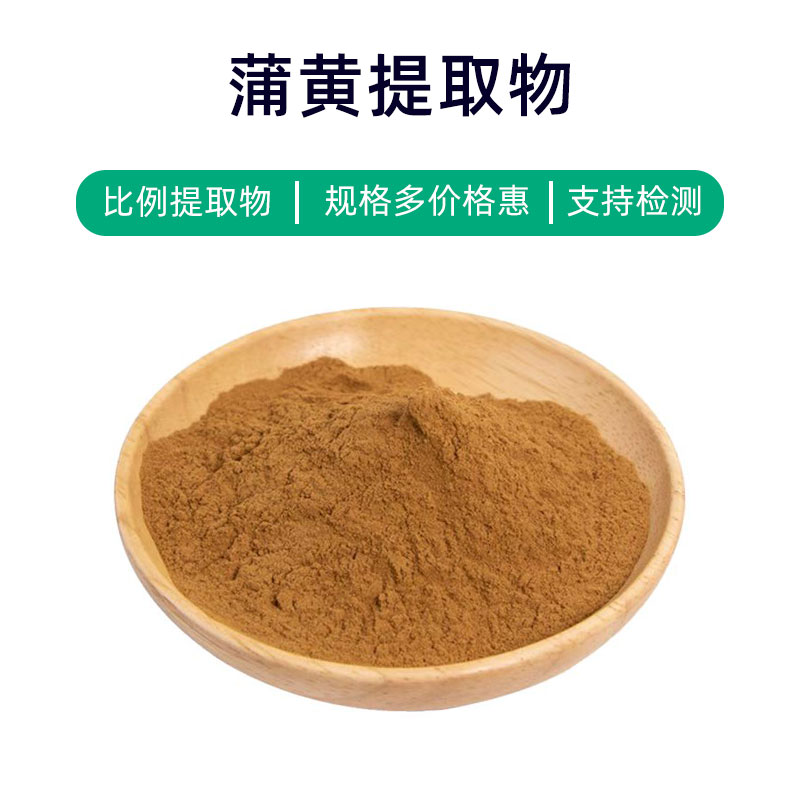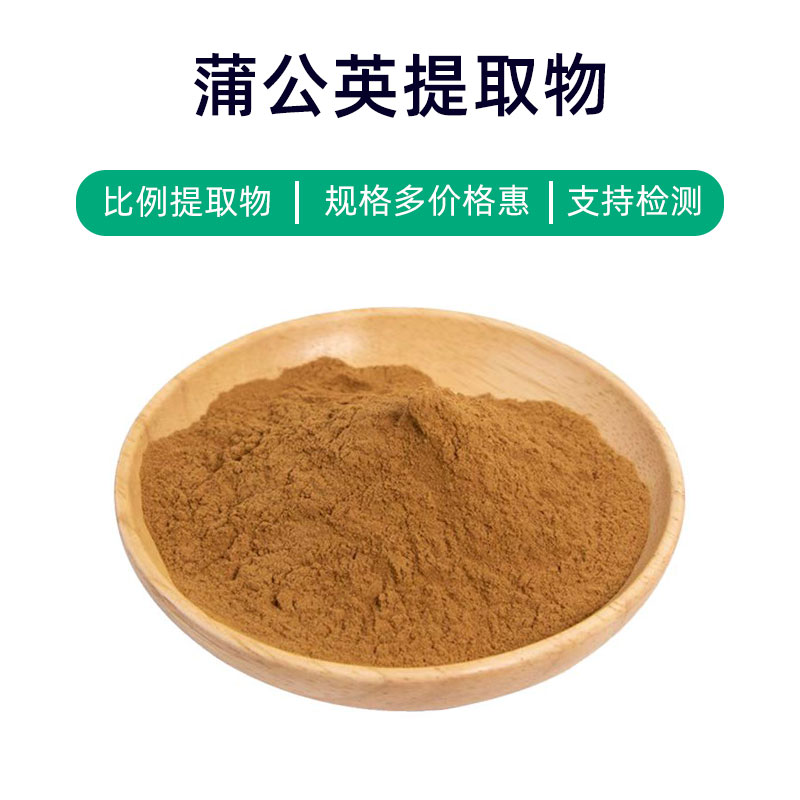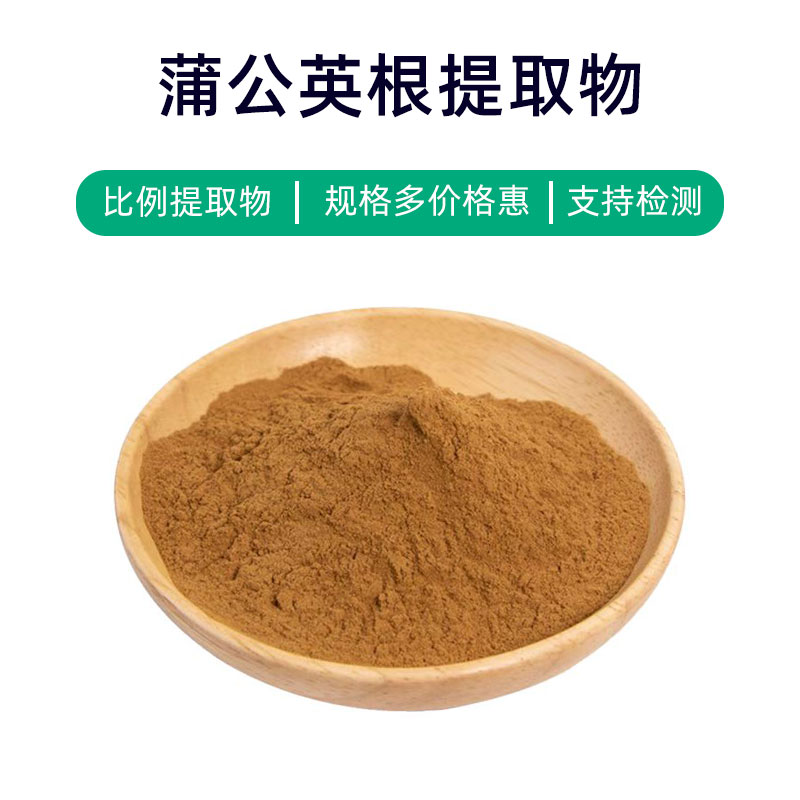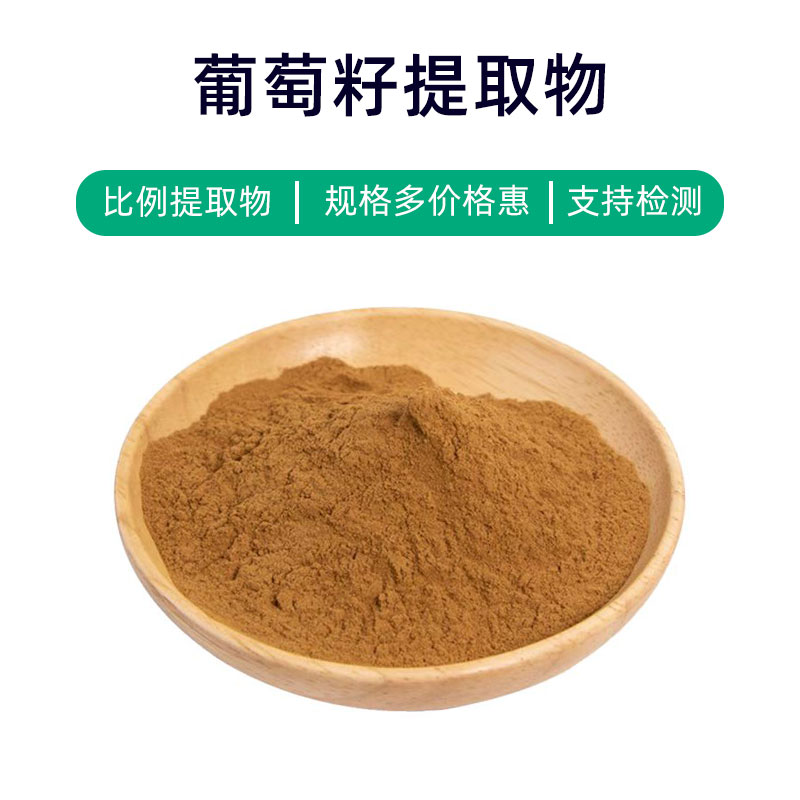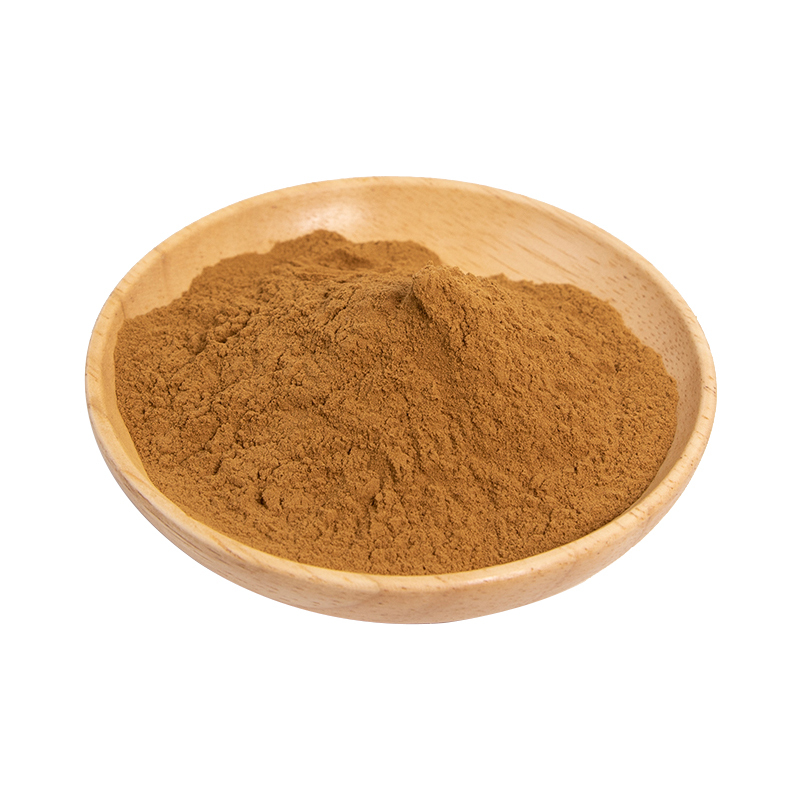Introduction to Fo-Ti Extract
Fo-Ti extract is a natural plant extract derived from the root of the Fo-Ti plant. Its main active components include emodin, polysaccharides, and anthraquinones, which are widely recognized for their antioxidant, anti-inflammatory, and health benefits.
Key Benefits Include:
- Antioxidant: The active components in Fo-Ti extract help neutralize free radicals, reducing oxidative stress on the skin, thereby slowing down the aging process.
- Blood Circulation Improvement: It is believed to promote blood circulation, improving skin nutrition and metabolism, which helps enhance complexion and delay skin aging.
- Moisturizing and Hydrating: Fo-Ti extract has moisturizing properties that help address dry skin issues, making the skin softer and smoother.
Fo-Ti extract is commonly used in cosmetics, skincare products, and health supplements. In cosmetics and skincare, it is often found in anti-aging products, moisturizers, masks, and more to provide antioxidant and hydrating effects. In health supplements, it is typically included in formulations aimed at improving blood circulation, promoting hair growth, and enhancing liver and kidney function.
In summary, Fo-Ti extract, as a natural plant extract, offers multiple benefits and is applicable in cosmetics, skincare, and health supplements, providing effective options for health and beauty.
Production Process of Fo-Ti Extract
The production process of Fo-Ti extract generally consists of the following steps:
- Raw Material Preparation: Select fresh Fo-Ti roots as the extraction material, wash thoroughly to remove impurities.
- Crushing: Crush the cleaned Fo-Ti roots, usually using mechanical grinding or cutting to create suitable particles for extraction.
- Extraction: Use appropriate solvents (such as water, ethanol, etc.) to extract from the crushed Fo-Ti. Extraction methods may include cold soaking, hot infusion, or supercritical fluid extraction.
- Filtration: Filter the extraction liquid to remove solid particles and impurities, obtaining the liquid extract.
- Concentration: Evaporate the solvent from the extract using methods such as evaporation or freeze concentration to obtain a concentrated extract.
- Drying: Dry the concentrated extract using techniques such as spray drying, vacuum drying, or freeze drying, turning it into a powdered form.
- Crushing and Sifting: Crush and sift the dried extract to achieve the desired particle size.
- Packaging: Package the processed Fo-Ti extract, typically using moisture-proof and light-proof materials to ensure quality and stability.
- Quality Inspection: Conduct quality inspections on packaged extracts, including appearance, ingredient content, and microbial testing to ensure compliance with relevant standards.
- Storage: Store the qualified Fo-Ti extract in a cool, dry, well-ventilated place, avoiding direct sunlight and high temperatures to maintain stability and efficacy.
Through these steps, high-quality Fo-Ti extract can be produced to meet the demands of pharmaceuticals, health supplements, and cosmetics.
Effects and Side Effects of Fo-Ti Extract
Fo-Ti extract, a traditional herbal remedy, is widely used in traditional Chinese medicine and has gained increasing attention in recent years. Its main benefits and effects include:
- Nourishing the Liver and Kidneys: Fo-Ti is believed to nourish the liver and kidneys, helping to alleviate symptoms such as dizziness, weakness, and soreness in the lower back and knees due to deficiencies.
- Nourishing Blood and Moisturizing Dryness: Fo-Ti has blood-nourishing and moisturizing effects, which can help treat symptoms like dizziness, pale complexion, and irregular menstruation caused by blood deficiency.
- Hair Care: Fo-Ti is widely used for hair care, and traditionally, long-term use or topical application is believed to improve hair texture and delay graying.
- Antioxidant Properties: Research shows that Fo-Ti is rich in polyphenolic compounds that have significant antioxidant effects, helping to eliminate free radicals and slow down cellular aging.
- Improving Sleep: Some studies indicate that active ingredients in Fo-Ti can regulate the nervous system and improve sleep quality, alleviating issues like insomnia.
- Immune System Boost: Certain components in Fo-Ti are thought to enhance immune function, increasing the body’s resistance to common illnesses like colds.
- Promoting Blood Circulation: Fo-Ti contains various active components that can promote blood circulation and improve microcirculation, helping to relieve symptoms like cold hands and feet or numbness.
However, despite its various benefits, caution should be exercised:
- Side Effects: Prolonged use or excessive doses of Fo-Ti may lead to digestive discomfort, diarrhea, dizziness, etc., thus controlling dosages is important.
- Pregnancy Precautions: Pregnant and nursing women should use Fo-Ti cautiously, as some active components may affect the fetus or infant.
- Drug Interactions: Fo-Ti may interact with certain medications, potentially affecting their efficacy. Therefore, it should be used cautiously alongside other drugs or under a doctor's guidance.
In summary, Fo-Ti is a herbal remedy with various health benefits, but caution is necessary in its use, especially regarding dosage and application methods, in accordance with medical advice or product instructions.
Application Scenarios and Dosage of Fo-Ti Extract
Fo-Ti extract, a traditional herbal remedy, has wide applications in the pharmaceutical, food, and cosmetic industries. Below are key applications and dosage recommendations in these areas:
- Pharmaceutical Applications:
- Usage: Fo-Ti is commonly used in traditional Chinese medicine to nourish the liver and kidneys, promote blood health, improve sleep, and support hair health.
- Dosage: Common preparation methods include decoction, porridge-making, and wine infusion. Typical dosage is 10-15 grams, to be prepared in water and taken 1-2 times daily.
- Food Applications:
- Usage: Fo-Ti is also used as an ingredient in health foods, added to various nourishing supplements and wellness teas, providing vitality and nourishment.
- Dosage: The amount used in food is usually small, often limited to 3-5 grams per day depending on formulations.
- Cosmetic Applications:
- Usage: Due to its moisturizing, antioxidant, and anti-aging benefits, Fo-Ti extract is widely used in cosmetics, including masks and skincare products.
- Dosage: As a cosmetic ingredient, it is typically included in products in an extracted form, with the specific amount determined by product formulation and desired effects.
- Precautions:
- When using Fo-Ti extract, it is essential to adhere to the usage guidelines provided in product instructions to avoid excessive use.
- Pregnant or nursing individuals, as well as those with serious health conditions, should use Fo-Ti under a doctor’s supervision, while being aware of potential drug interactions.
- Long-term users of Fo-Ti extract should regularly monitor their health status and discontinue use if any adverse reactions occur, consulting a healthcare provider if needed.
In summary, Fo-Ti extract is widely used in pharmaceuticals, food, and cosmetics, but it is important to follow dosage recommendations and product instructions, and to consult with a doctor as necessary.
Overview of Fo-Ti Plant Source, Distribution, and Growing Environment
Fo-Ti (Scientific Name: Polygonum multiflorum Thunb.) is a perennial climbing vine belonging to the knotweed family. Below is an overview of Fo-Ti's source plant, distribution, and growing environment:
- Source Plant Characteristics:
- Fo-Ti is a trailing, perennial herb that typically grows in hillsides, forest edges, along ditches, and grassy fields.
- The plant is characterized by its sprawling and climbing nature, with long and soft stems that can cling to other plants.
- The leaves are oval or lanceolate, sometimes heart-shaped, with a smooth surface and a deep green color.
- Distribution Range:
- Fo-Ti is primarily found in regions south of the Yangtze River in China, including provinces such as Jiangsu, Zhejiang, Anhui, Jiangxi, Fujian, Guangdong, Guangxi, Yunnan, and Guizhou.
- Outside of China, Fo-Ti is also distributed in countries and regions such as Japan, Vietnam, and India.
- Growing Environment:
- Fo-Ti prefers humid environments, usually growing in low mountainous and hilly areas below an altitude of 1,000 meters.
- It is highly adaptable and can thrive in various soil types, with a preference for loose, well-drained soils such as in ravines, sloping land, meadows, and riverbanks.
- Fo-Ti grows vigorously in full sunlight, but can also thrive in partially shaded conditions.
- Reproductive and Growth Habits:
- Fo-Ti propagates through seeds and underground rhizomes, with the underground rhizome serving as its primary reproductive organ.
- Under suitable environmental conditions, the underground rhizome of Fo-Ti continues to grow and spread, forming dense clusters of plants.
- Due to its climbing growth habit, Fo-Ti often coexists with other plants, intertwining and creating a unique vegetation landscape.
In summary, Fo-Ti is a perennial climbing plant that grows south of the Yangtze River in China, favoring warm, humid environments. It is resilient and often found in hillsides, forest edges, and along ditches. Its underground rhizome is its primary method of reproduction, creating dense plant clusters that grow in synergy with other plants.
Processing and Storage of Fo-Ti Extract
The processing of Fo-Ti extract mainly includes the following steps: First, the root of the Fo-Ti is harvested and cleaned; next, the cleaned roots are cut into small pieces for further treatment; then they are processed, usually steamed with rice wine or vinegar; subsequently, the processed roots are air-dried, grounded into powder or sliced before extraction and concentration to obtain the extract.
For storage, Fo-Ti extract should be kept in a cool, dry, well-ventilated area, away from direct sunlight and high temperatures. Sealed containers can extend its shelf life, and it is advisable to check the condition of the extract regularly to ensure it is free from unusual odors or visible degradation.
Monica Sun is a seasoned expert in the plant extraction industry with over a decade of experience in research and production. She specializes in the extraction and purification of plant active ingredients, focusing on driving innovation in natural product applications. Monica has participated in the development of multiple functional plant extracts, delivering high-value natural raw material solutions for the health food, pharmaceutical, and dietary supplement sectors.









